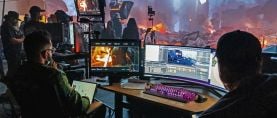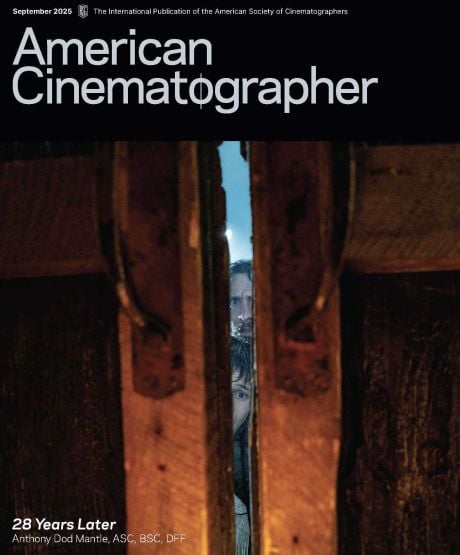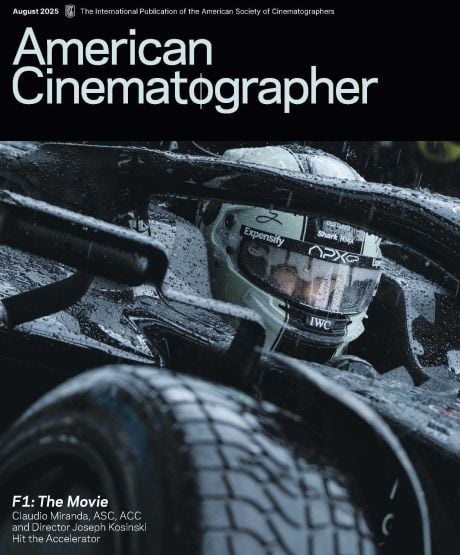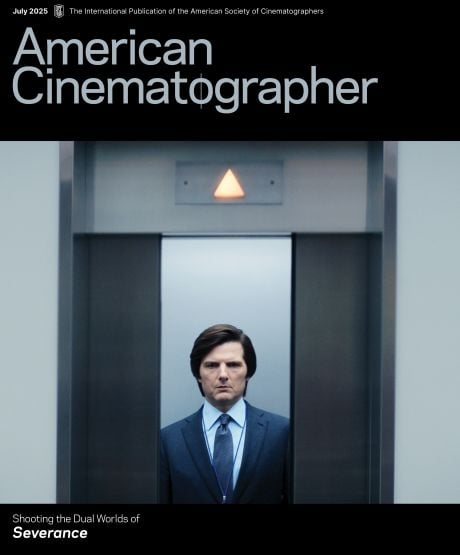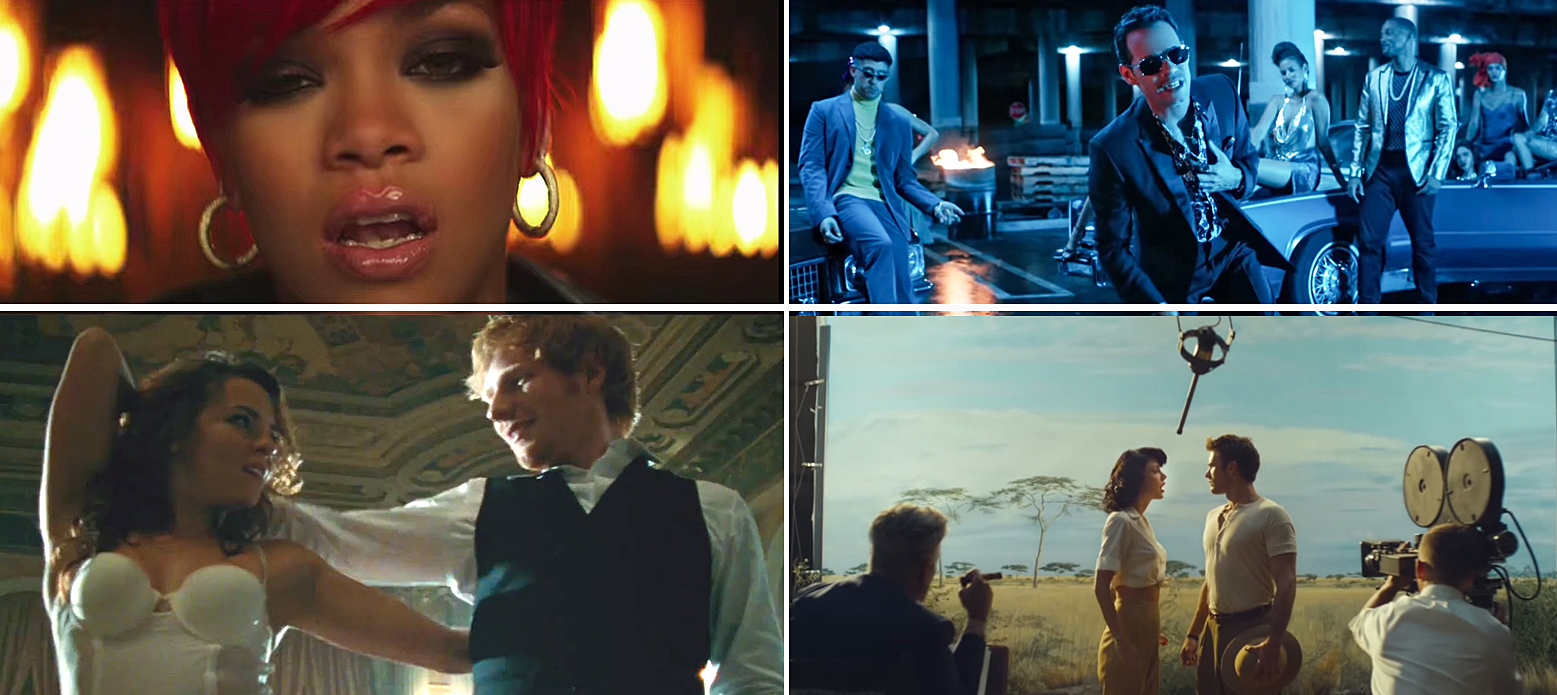
Cinematography for Music Videos
Three ASC members — Daniel Pearl, Christopher Probst and Joe Labisi — discuss the creative opportunities offered by this unique art form, as well as the difficulties of tight budgets and timelines.
The world of music videos is a glorious visual playground for the cinematographer. They’re a visual interpretation of a song; a commercial in images to sell the artist and their work and for cinematographers, they can be a creative cornucopia of photography. I had the opportunity to sit down and chat with three legends in music video cinematography to discuss their craft: Joseph Labisi, ASC, Christopher Probst, ASC and Daniel Pearl, ASC.

We talked about the general art and craft of cinematography for music videos and the different responsibilities of the cinematographer on each job. MTV may not be the hub of the music video world anymore, but on YouTube, the popular artists have billions of views. And, as I note in my introduction, between them, these three gentlemen have photographed more than 1,200 videos. We discuss the interpretation of the treatment, beauty lighting, the importance of production design, unique tools and techniques, and in this first hour of the discussion we look at several examples from their extensive resumes and break down what they did to shoot these iconic pieces.
Pearl looks back on shooting The Police’s Every Breath You Take, Labisi breaks down the challenges of Busta Rhymes’ Don’t Touch Me (Throw Da Water on ’Em) and Probst dives deep into the Spaghetti Western spoof Knights of Cydonia by Muse. Pearl then details his directing experience on Aaliyah’s Four Page Letter.
During the conversation, the cinematographers discuss an understanding of music, beats and breakdowns. Both Probst and Labisi come from a music background, the former as a bassist and the later as a DJ and they bring that understanding of music to their work. They discuss the ability to explore and take chances visually and the unique opportunities that music videos provide. The discussion of specific techniques ranges from high-speed shooting married with high-speed playback to the benefits of artfully applied nose grease.
This conversation packs in a ton of great tips, techniques and secrets from these three masters.
The conversation continued with Labisi discussing his work with Latin artist Yandel on Nunca Me Olvides (Never Forget Me).
The cinematographers also detail use of prisms, plastics, and other translucent materials in front of the lens — including Saran Wrap!
The panel describes the pressures on their role to constantly problem solve visual conundrums for their directors. They discuss color contrast, working in heavy color-saturated environments, mentors and inspirations.
Probst breaks down the Eminem and Rhianna clip Love the Way You Lie, Pearl explains his process behind shooting Ed Shreean’s Thinking Out Loud, Labisi discusses the Mark Anthony, Will Smith and Bad Bunny clip Esta Rico, and Probst then details his ambitious Taylor Swift Wildest Dreams video.
The talk covers lighting spaces over faces, struggles with directors, understanding locations, working with modern lighting tools, makeup, textures and lenses.
This was truly an honor and quite an education to spend these couple hours with these extraordinary ASC members deconstructing their work.
Below are some representative clips from each participant:
Daniel Pearl, ASC
Christopher Probst, ASC
Joe Labisi, ASC
Jay Holben is an ASC associate member and AC’s technical editor.

